أندي وارهول (1928-1987)
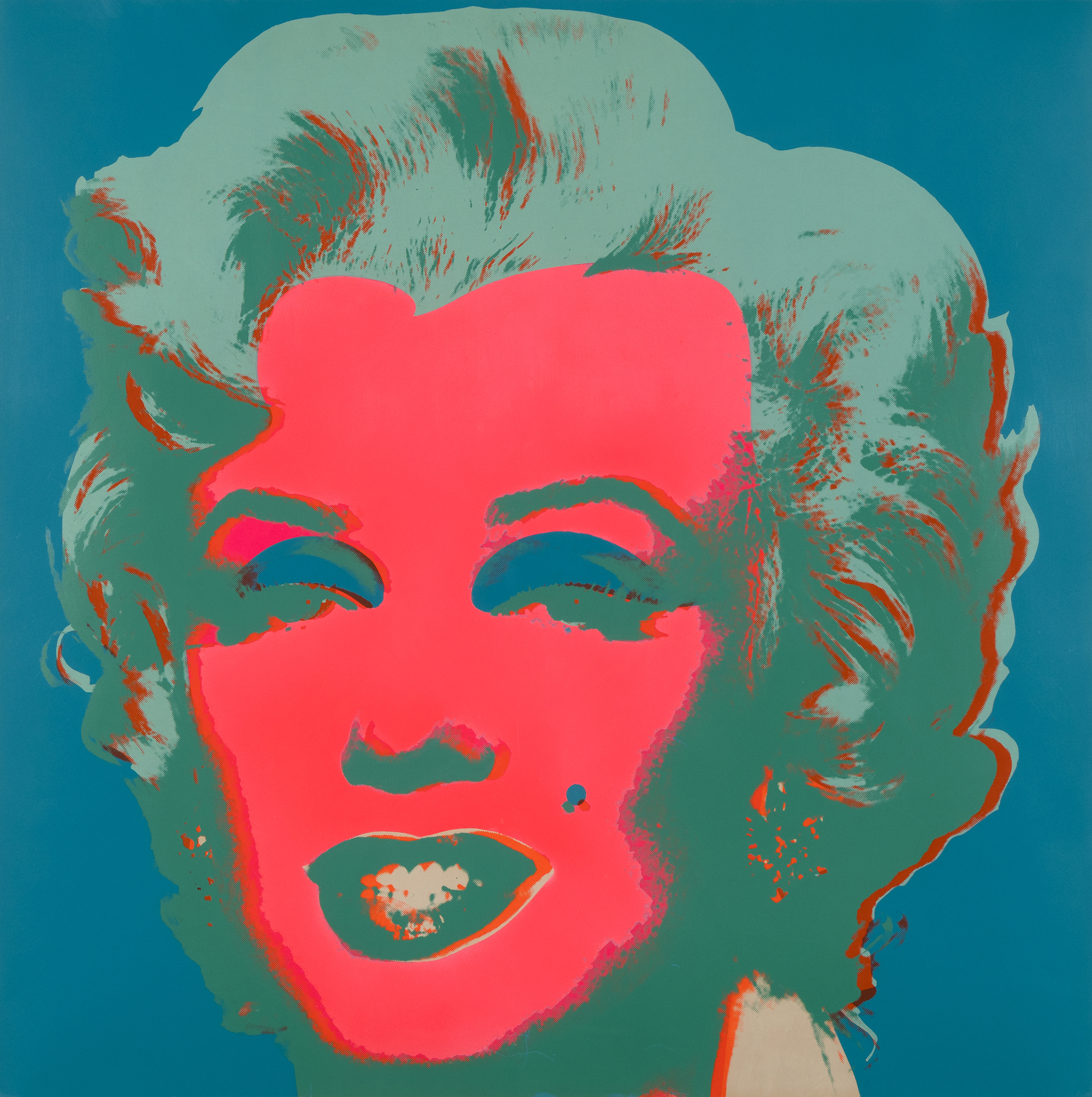
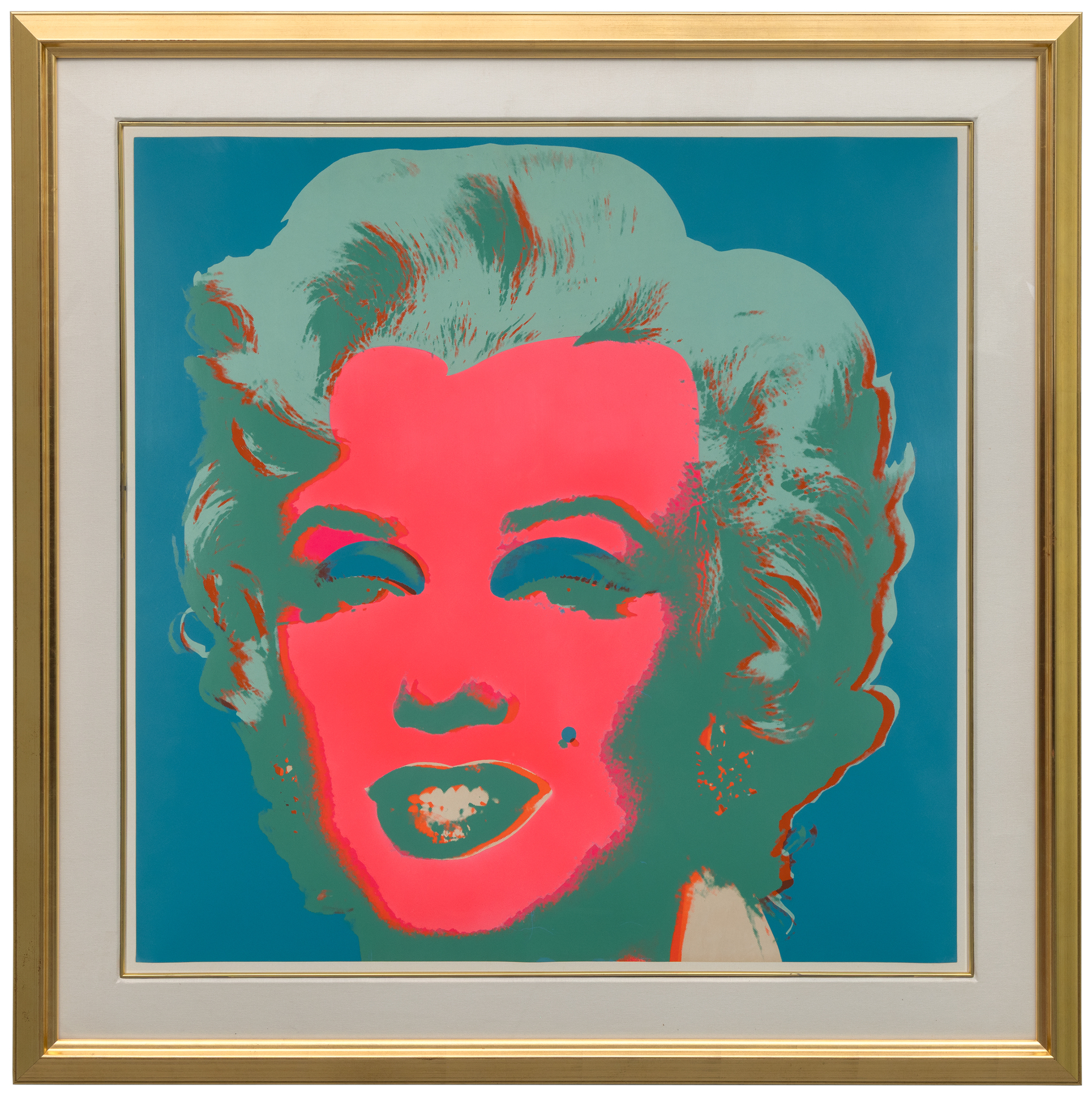
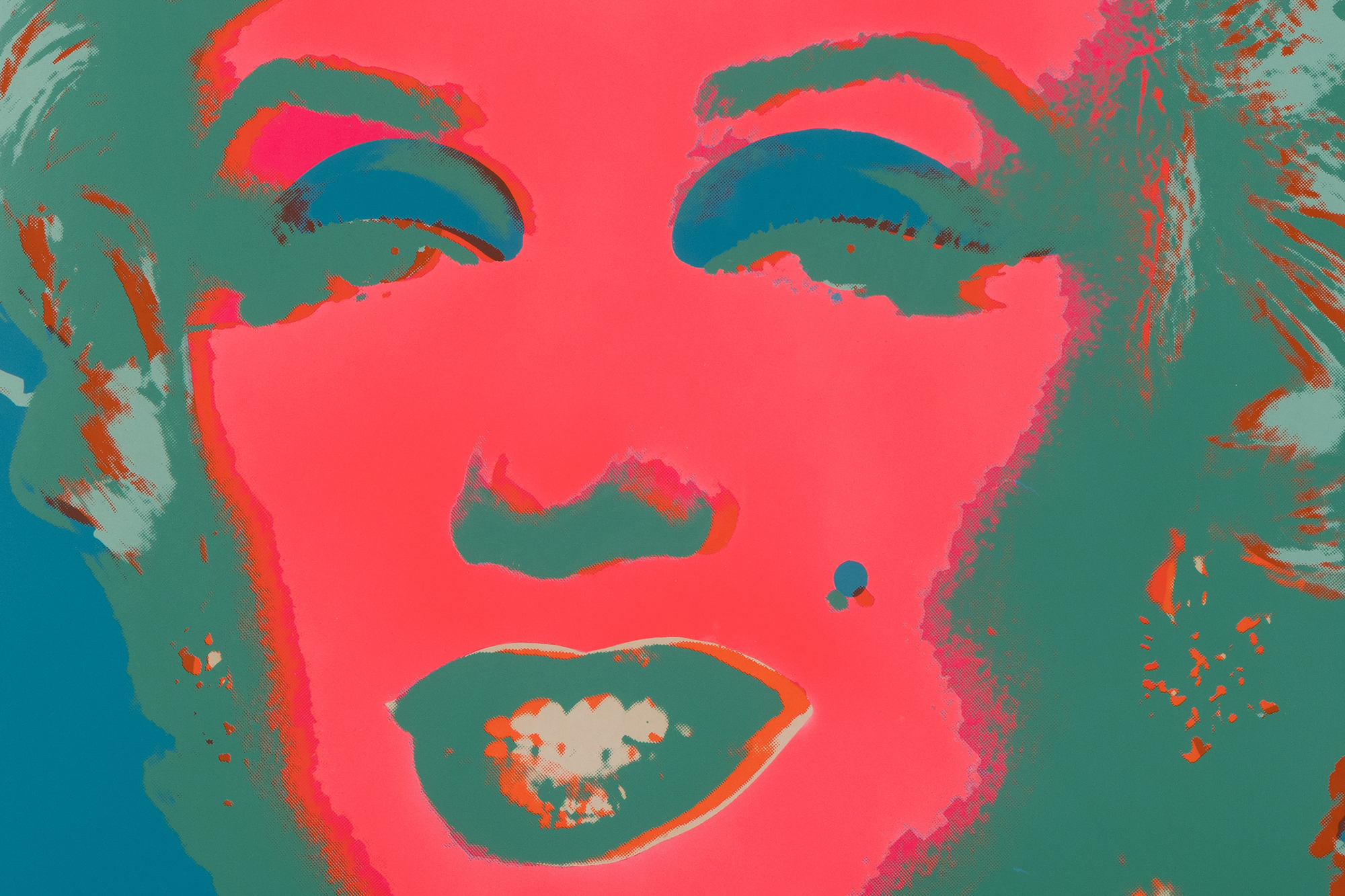
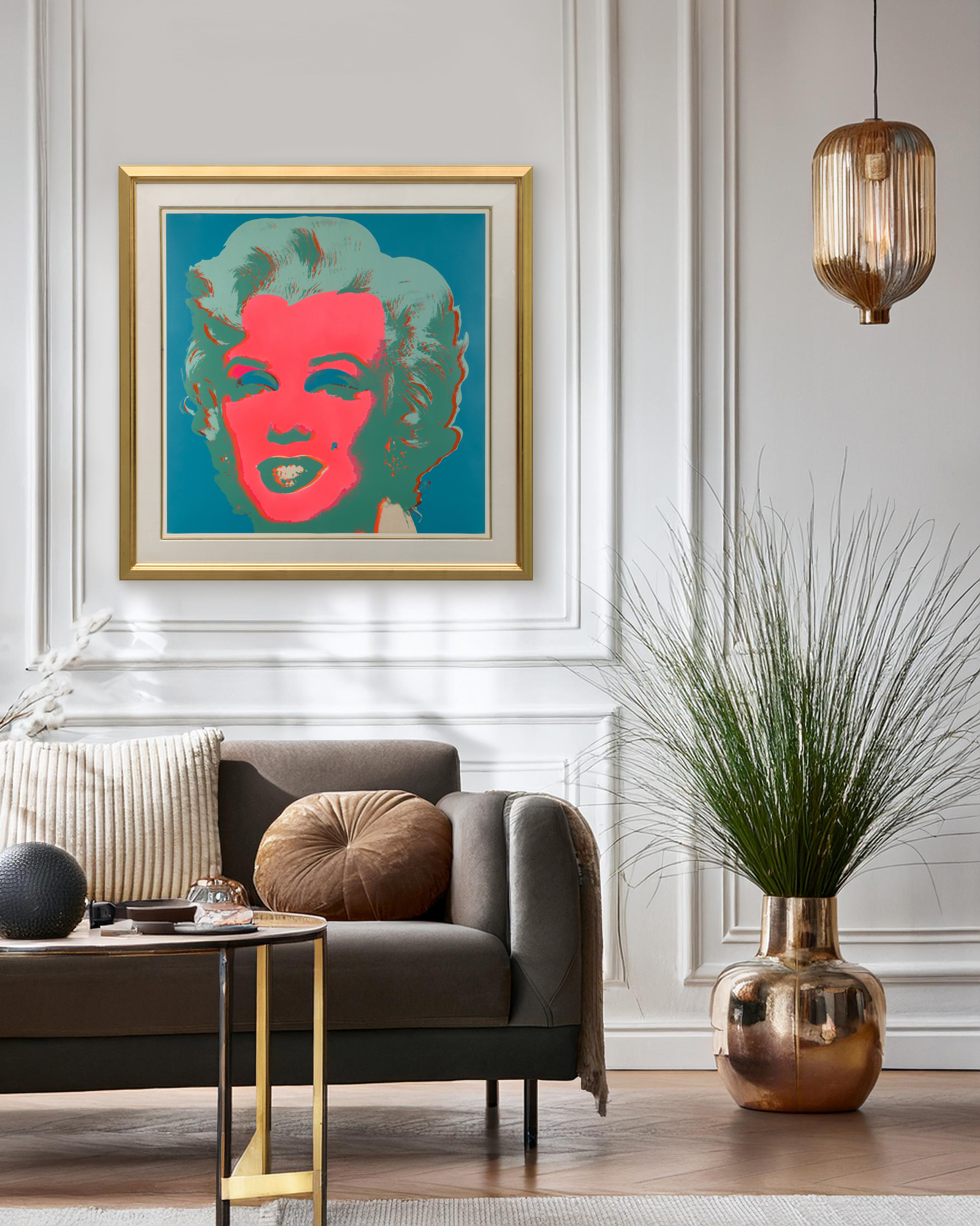



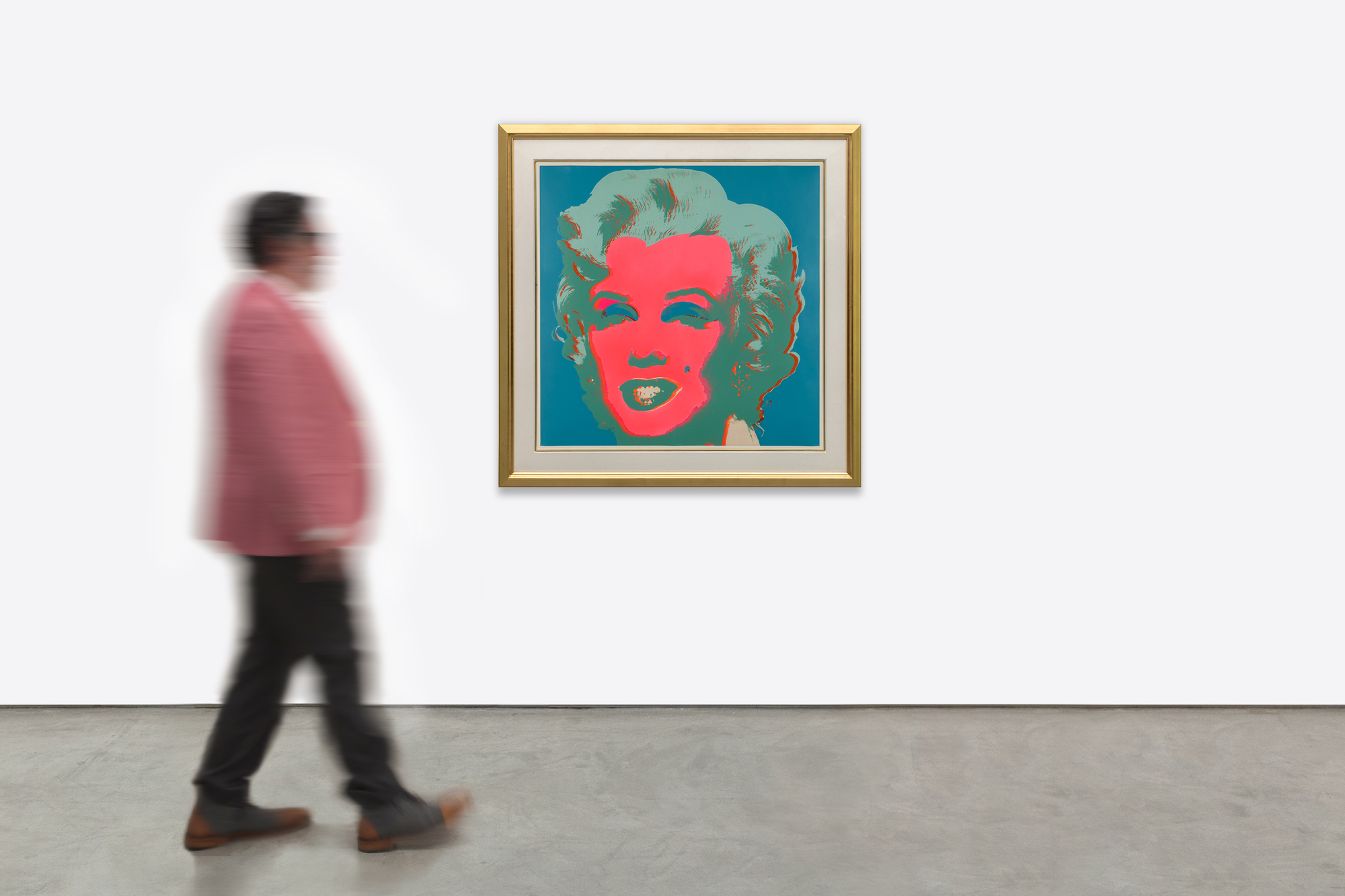
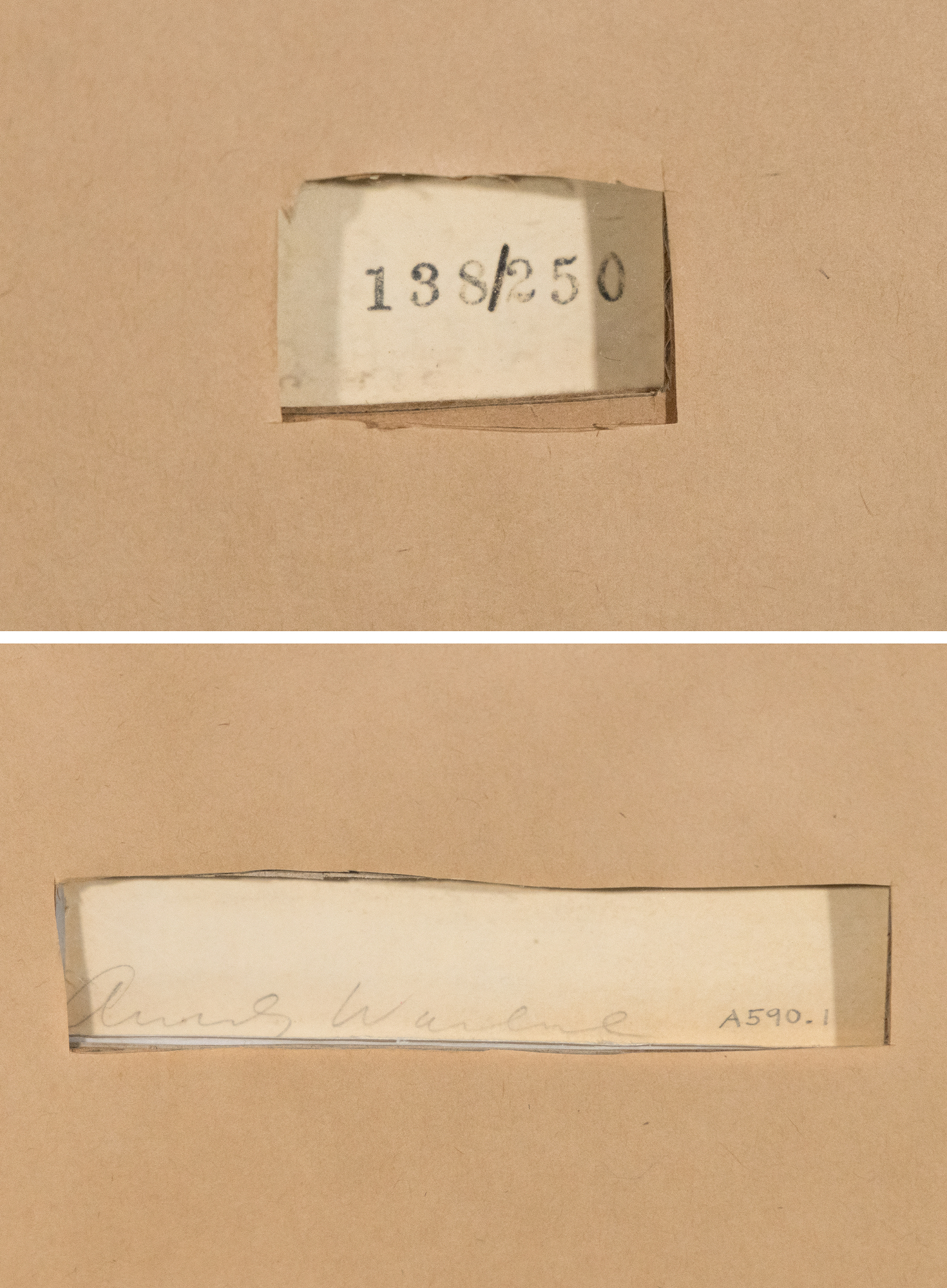
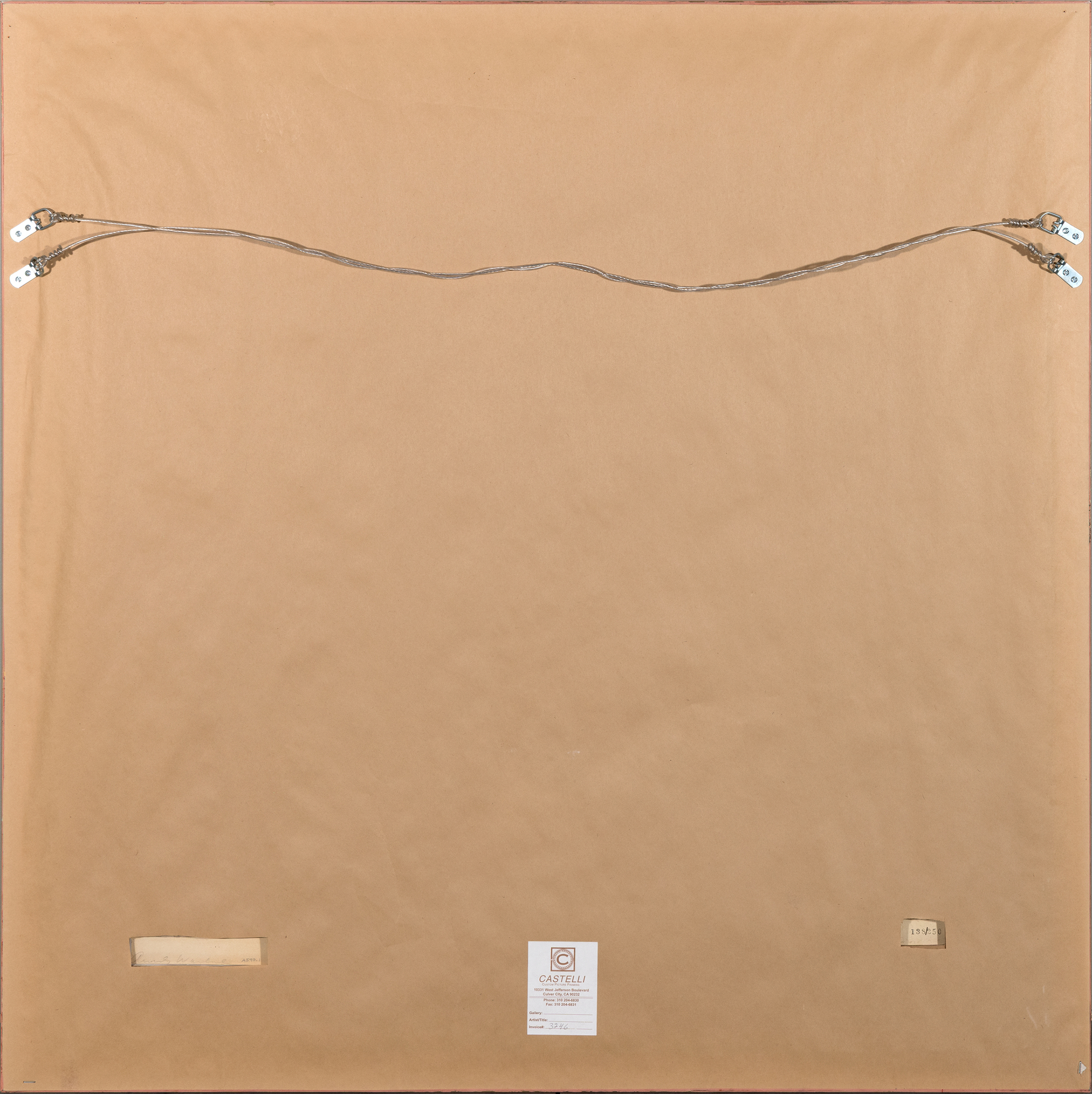
الاصل
هاملتون سلواي للفنون الجميلةمجموعة خاصة
الادب
فرايدا فيلدمان ويورج شيلمان، مطبوعات آندي وارهول: كتالوج ريزوني: 1962-1987، نيويورك، 2003، رقم II.30225,000
استناداً إلى لقطة دعائية من فيلم نياغارا عام 1953، تجسد لوحات وارهول "ماريلينز" افتتانه بالمشاهير ووسائل الإعلام وقوة الصورة المعاد إنتاجها. صُنعت كل طبعة في هذه السلسلة بخمس شاشات - واحدة تحمل الصورة الفوتوغرافية وأربعة لمناطق الألوان - تم وضعها عمداً مع طبقات من الألوان الجريئة التي تكون أحياناً خارجة عن السجل قليلاً. يزيد هذا الاختلال من حدة التوتر بين التألق والافتعال، مردداً صدى التألق الهش لشخصية مارلين مونرو نفسها.
وتظل مطبوعات "مارلين"، باعتبارها واحدة من أعمال وارهول المميزة، أيقونة من أيقونات فن البوب، حيث تدمج نجومية هوليوود مع التكرار الميكانيكي للشاشة الحريرية لخلق تأمل خالد في الشهرة والرغبة والصورة.


